MCB Load calculation:
This diagram shows how to make the calculation of MCB load. In this post, we want to describe to you how to calculate MCB load capacity. It’s very easy to calculate any load capacity of MCB. In this diagram, we use a motor, an electric iron, a refrigerator, a ceiling fan, 2 bulbs, and 1 LED for load example. For clear details about this calculation please check our youtube video below the post.
Advertisements
Components needed For this Project:
You can get the components from any of the sites below:
- Single Phase Motor (1 HP) [See Buy Click Amazon]
- Refrigerator Freezer [See Buy Click Amazon]
- Electric Iron [See Buy Click Amazon]
- CFL Light [See Buy Click Amazon]
- Ceiling Fan 56-Inch [See Buy Click Amazon]
- [tv_led]
*Please note: These are affiliate links. I may make a commission if you buy the components through these links. I would appreciate your support in this way!
Advertisements
Components used to make the MCB Load calculation:
A Single-Phase Motor is an Electrically-Powered Rotary Machine That Can Turn Electric Energy into Mechanical Energy. It Works by Using a Single-Phase Power Supply. Single-phase Motors Are Used in Equipment And Machines That Are Smaller in Size And Require Lower Horsepower. This Includes Equipment Such As Refrigerators, Pumps, Compressors, Fans, and Portable Drills. Single-phase motors Have a Similar Construction to The 3-phase Motor, Including an AC Winding That is Placed on The Stator And Short-Circuited Conductors That are Placed in a Cylindrical Rotor.
02. Refrigerator:
A Refrigerator is a Commercial and Home Appliance Consisting of a Thermally insulated Compartment and a Heat Pump that Transfers Heat from its Inside to its External Environment Refrigeration is an Essential Food Storage Technique Around the World. The lower temperature Lowers the Reproduction rate of Bacteria, so the Refrigerator reduces the rate of spoilage. A Refrigerator Maintains a Temperature a Few Degrees Above The Freezing Point of Water.
An electric iron is a Household Appliance used to Remove Creases or Wrinkles in Clothes by a combination of heat and Pressure. After Turning It On, A flat Triangular Soleplate is Pressed on The Clothes to Make Them Smooth And Flat. An electric iron is an Application of the Heating Effect of Current. A Clothes Iron (also flatiron, or simply iron) is a Small Appliance That When Heated, is Used to Press Clothes To Remove Wrinkles And Unwanted Creases.
04. LED Bulb:
CFL stands for Compact Fluorescent Lamp which is an improved version of tube lights of earlier days. Like tube lights, it is a vacuum glass tube with fluorescent powder coating which is not as long and straight as tube lights but curved/twisted compact, or small in size. Like a tube light, it has electrodes or filaments at both ends. But in this case, instead of a choke, there is an electronic circuit that drives the Compact Fluorescent Lamp. Because the red wave is less in the light of the Tubelight and Compact Fluorescent Lamp, the object looks a little pale or the correct color of the object does not appear.
A Ceiling Fan is a fan Mounted on the Ceiling of a Room or space, Usually, Electrically Powered, That Uses hub-mounted Rotating Blades to Circulate air flow. They cool people effectively by increasing speed. It Doesn not Cool the Air Temperature — we Feel Cooler Because the Fan Moves the Air Around Us, a Process Called Evaporative Cooling. Evaporative Cooling Works like this: A cold day will feel Even Cooler if There is a Breeze Because of the wind Chill Factor.
06. LED TV:
LED TVs can now be used as monitors. VGA & HDMI input options are provided on the TV. From these 2, you can connect your CPU to your CPU and use the TV as a monitor. In a word, we are more or less familiar with LEDs. It can be anything from LED bulbs to LED TVs. The LED system works on the electroluminescence method. Electroluminescence is an optical phenomenon in which light is produced in response to electric waves passing through a material.
Thank You for visiting the website. Keep visiting for more Updates.
Frequently asked questions
MCB is used to protect the wires which in turn depend on the load. Generally, we choose cables with 1.5 times the capacity of load current. Then we match the MCB with the wire capacity. For example, say a certain load draws a 10A current, then we choose 2.5 sq.
Generally, you should size a breaker for 125% of the load (or 25% extra capacity) and no less. Oversized breakers can allow wires to heat above safety levels without a power supply stopping the current. On the other Project system hand, undersized breakers may continuously trip under normal operation.
The RCCB, on the Currenttlou other hand, cannot prevent damage to appliances caused by over-currents. So, as if you're using an RCCB, you surely need an accompanying MCB for the over-current. And it works the other way around too. An MCB must usually be paired with an RCCB because it does not prevent and residual current.
2- As per principle, the MCB works on the measurement of the incoming current of the circuit diagram and its rise while the ELCB works on current balancing principles, which means it measures the net of incoming current and outgoing and current. Any difference in both indicates the Digte word residual current which leaks to earth.
Usually, MCB and RCCB are installed jointly in a circuit diagram. The purpose is to protect the circuit from short circuits, overload, and earth faults. The Currenttlou MCB should connect before an RCCB connection. if you connect MCB after RCCB, both of them cannot detect any fault occurring and between these 2 circuit diagrams.
Read more Single Phase Wiring
What is a kilowatt-hour (kWh) | kwh formula | What does kwh mean
Introduction to Electrical Units and CircuitskW and kWh on your electricity bill As your home uses electricity during...
What is the Difference Between kVA | What does KVA mean | kVA formula
Difference Between KVA ExplainedWhat does KVA Mean? There are technical terms aplenty when it comes to generators, and...
Power Factor | Power Unit | Energy | Electricity Unit
Power factor definition | Calculating Power FactorPower Factor Values In a purely resistive circuit, the power factor...
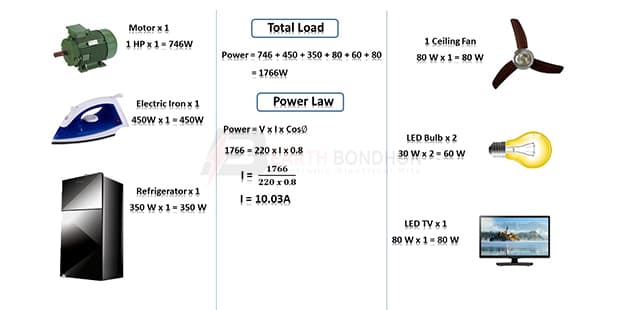
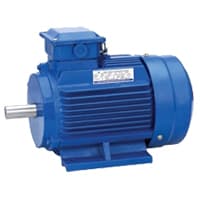
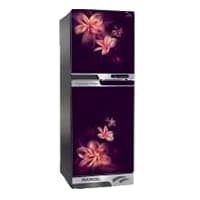

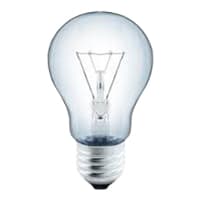
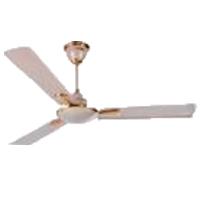

0 Comments